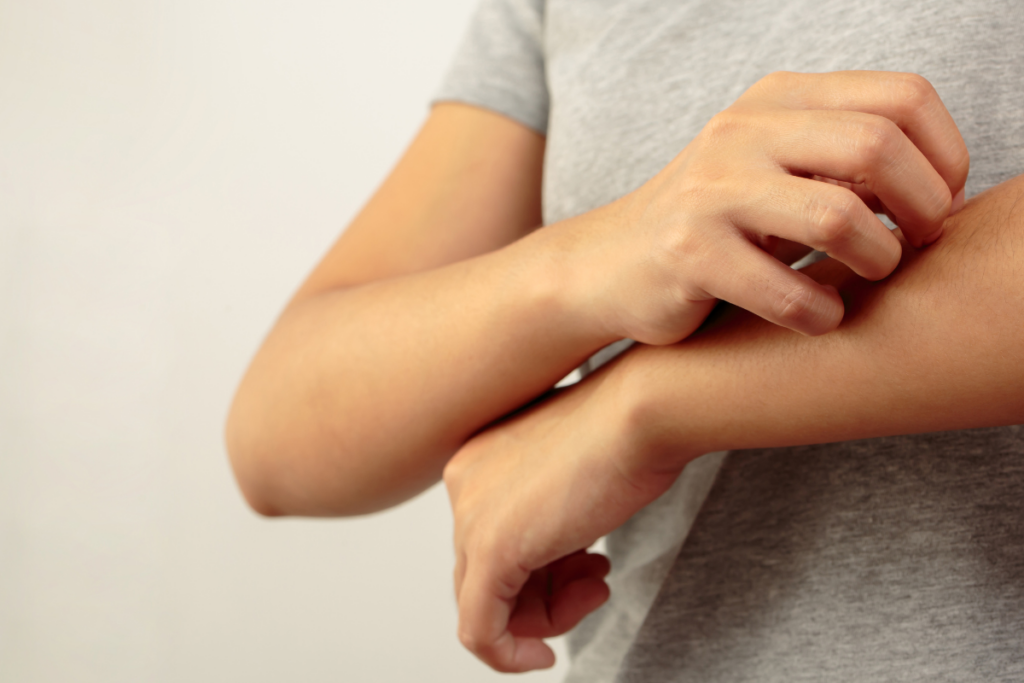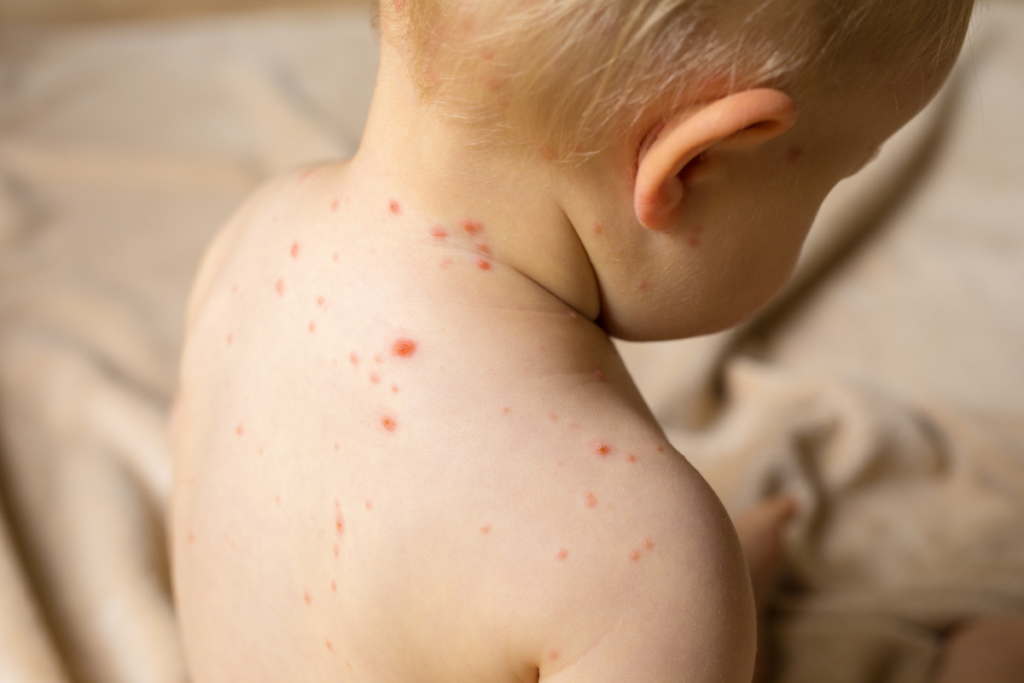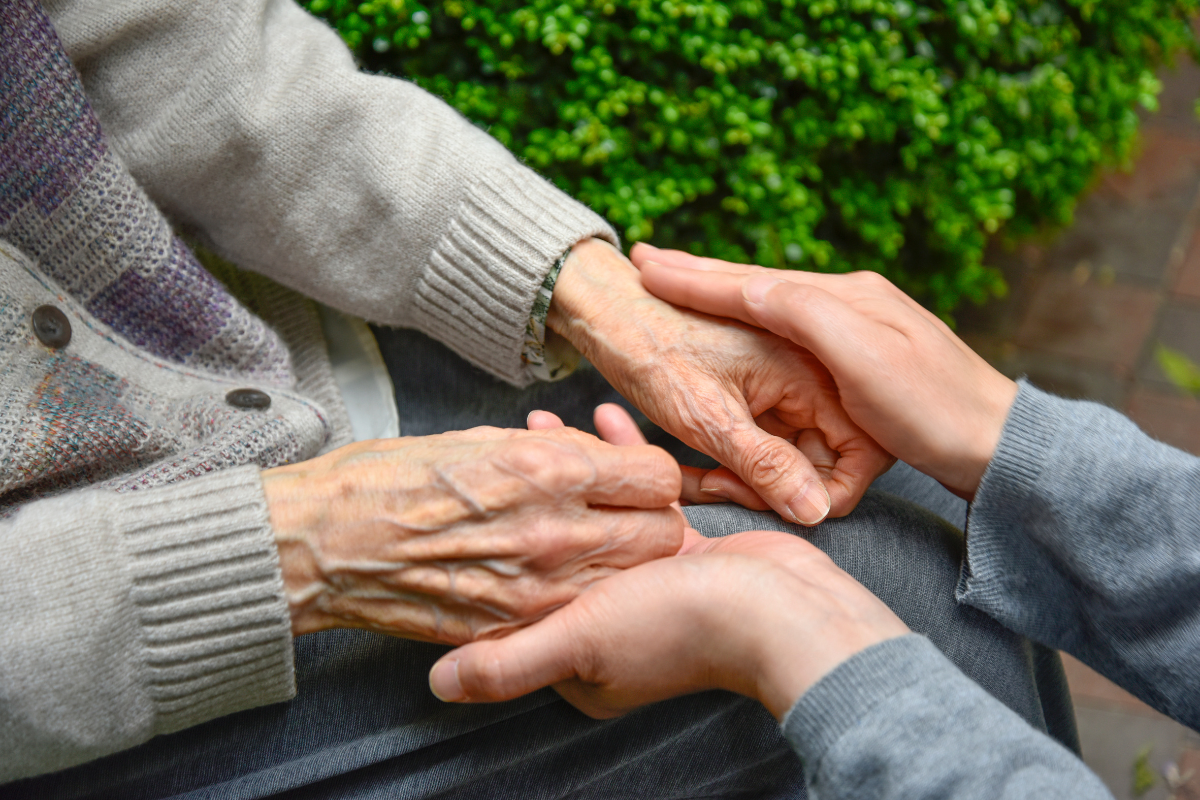Whether you’re a carer for someone or you have elderly parents that you look after and suspect that they might have shingles, it’s best to take immediate action. But how do you diagnose it, and more importantly how do you treat it?

What are Shingles?
shingles appear when a nerve becomes infected and infects the skin around it, causing a nasty and sometimes painful rash. This rash and some symptoms are similar to chickenpox because it is caused by the same virus that causes the childhood illness – varicella-zoster.
How to know when it’s Shingles and not just a rash?
As we get older it’s easier to pick up germs and illnesses as our bodies and immune systems slowly weaken. So how do you know when it’s shingles and not just another skin rash?
Symptoms of Shingles:
The primary indication of shingles is pain, which is then followed by a rash that then evolves into irritating blisters resembling chickenpox.
In certain instances, shingles trigger signs that manifest several days before the discomforting rash. These might include:
- Headaches
- Tingling, numbness, itchiness of the infected area
- A temperature
- A general unwell feeling

Shingles Rash
Another tell of shingles is that it generally appears on one side of the body. This is because a nerve is infected, and is infecting the skin around it.
When infected, you can expect to see new blisters for up to a week or so before they change colour and then dry out into scabs.
Shingles Pain
It’s not uncommon to experience a localised area of pain. From person to person the pain varies, but you might experience a constant, dull, or burning sensation that can be anywhere from mild to severe.
Seeing a GP when you have Shingles
It’s crucial to contact your GP if you haven’t had chickenpox before, or if you’ve been exposed to someone who has either chickenpox or shingles and you:
- Are under 18
- Pregnant
- Have a weakened immune system
If you can’t get hold of your doctor’s surgery, then it’s best to dial 111.
However, if you are over the age of 18 and have symptoms, then speak to your local pharmacist. If they cannot assist you they may direct you to your GP.
What causes Shingles in the Elderly?
If you’ve had chickenpox, the virus stays in your body but becomes dormant. Despite this, it can become active again and appear as shingles if your immune system is lowered by stress, other illnesses like a common cold, or treatments like chemo.

How to Treat Shingles in the Elderly
Sadly, there isn’t a cure for this distressing viral infection, but implementing soothing measures can alleviate the symptoms.
Addressing the rash promptly might assist in reducing both its intensity and potential complications.
Do:
- Keep the affected region clean and dry
- Wear clothes with a relaxed fit to prevent additional skin irritation
- Apply calamine lotion to relieve itchiness
Don’t:
- Seal the rash with plasters or bandages.
- Avoid using antibiotic ointments as they can hinder the recovery process.
Preventing the spread of Shingles
When looking after an older person with shingles, it’s good to know that you can’t get the shingles virus (unless you haven’t had chickenpox before). It’s crucial to remember that you can spread the virus to others until all the blisters on the skin are dry and have a scab on them.
As a caregiver, it’s your job to ensure that the virus isn’t passed on to individuals with weak immune systems or those who have never had chickenpox.
To keep the virus from spreading, you can:
- Do not share towels or face cloths with anyone else
- Stay away from swimming pools
- If you’re the caregiver and you have the virus with a rash that is weeping and can not be bandaged, do not go to work.
Complications of Shingles in the Elderly
Although shingles doesn’t have any long-term effects (apart from possible scarring) there is a 1 in 1,000 chance that it can be fatal in adults over 70.
Complications can include:
- Postherpetic neuralgia
- Eye problems
- Ramsay Hunt syndrome
- The rash becomes infected with bacteria
- Scarring in the area of the rash
- Pneumonia, hepatitis, encephalitis,
- Transverse myelitis, or protective membranes that surround the brain and spinal cord (meningitis). These complications are rare but still possible.
If your loved one or a client you care for has shingles, it’s important to remember to keep them calm. This can be a distressing few weeks for them as they suffer from pain from the viral infection.
Nevertheless, by following the advice in this blog, and seeking a GP’s help, you can effectively manage their pain by using soothing treatments, and your loved one or client will feel back to full health in no time.

How can Care in Kent Help?
We know how busy life can be and sometimes you just can’t be there to help, which is where Care in Kent steps in. Our incredible carers can provide a range of at-home services, from helping with personal home care to complete respite care.


